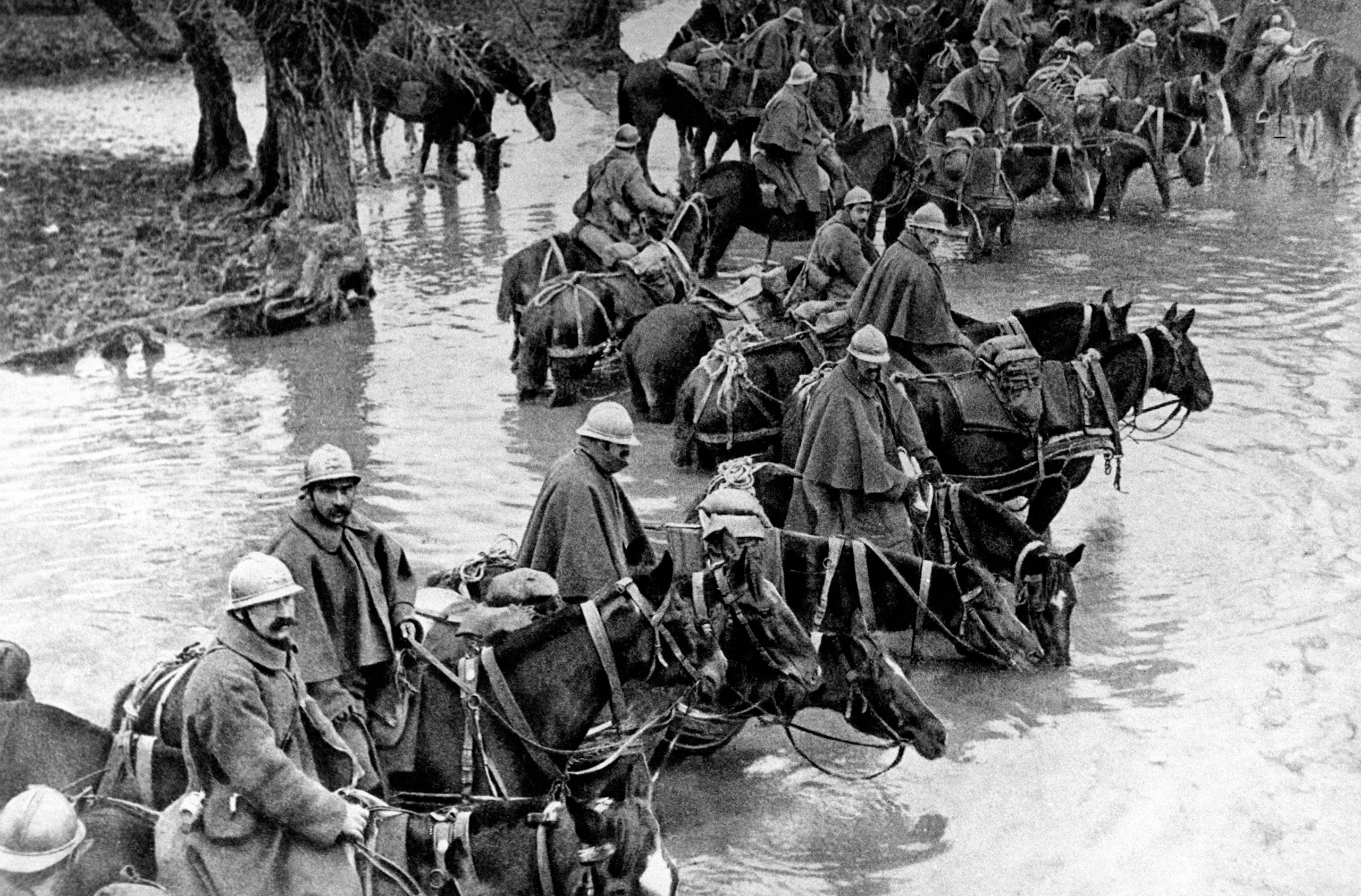

Most houses were completely destroyed their former locations are now marked only by signs. People say that each square meter of the battlefield was hit by a shell and the village of Fleury alone was struck by 90,000 tons of bombs in one day, according to its mayor. It is very hard when you arrive in the area now to have any idea of what the countryside looked like before the war. An estimated 300,000 French and German soldiers were killed and over 450,000 were injured.

German troops did not come through, but nine villages had been utterly wiped out. Ten months of fighting saw German and French troops being pushed back and forwards, and by December 1916 the French had retaken almost all the territory that had been lost. A charity named “The Western Front Association” writes that during the initial stage of the Battle of Verdun, Germany fired more than a million shells. On Februthey started the assault with a huge bombardment. The city was fringed by hills – hills in which a network of forts were built to protect the border.ĭuring the First World War, the Germans wanted to make a massive attack on a target that had great historic significance for the French, and they thought that weakening France around Verdun could change the face of the war. It was also one of the most murderous.Īfter the 1870-71 war between France and Prussia, which ended with the annexation of Alsace-Lorraine by the Germans, Verdun was at the eastern edge of France. The Battle of Verdun in northeastern France was the longest battle of the so-called Great War, lasting some ten months from February to December 1916. It is a time of local elections, and it is also the hundredth anniversary of the start of the First World War. The year 2014 brings together the past and the future for France. A corpse was afloat in it his blackĬountenance face down in the water and his abdomen swollen as if he had beenįilling himself up with water for days now."It is very hard when you arrive in the area now to have any idea of what the countryside looked like before the war." Soldier was going insane with thirst and drank from a pond covered with a
#Battle of verdun ww1 full
These shell holes would be full of muddied water, blood, grime and even bloated corpses as a German soldier says in his account " One Some soldiers, as the source suggests, quenched their thirst from shell holes. Thirst with water from the shellholes." This gives an idea about the sort of foods men were supposed to eat but also shows that soldiers were forced to use up emergency rations and were drastically underfed. In the latter part of the battle, there were huge food shortages and one German officer stated in his diary " Because of the failing provisioning the men areįorced to use up their emergency rations of salty meats. This was particularly an issue at the battle of Verdun partially because it was such a long battle.

These muddy conditions were common at both Verdun and Passchendaele. This mud was also extremely unhygienic often mixed with human waste and infested with rats. Because of this, thousands of soldiers could not be found lost in the mud and were put under the category of 'missing, presumed dead'. Wounded soldiers who fell in to the mud often drowned in it due to the extreme thickness of it trapping soldiers within it. These muddy conditions meant that advancement was very slow with soldiers sometimes taking over 3 hours to travel 100 metres! Soldiers, when 'going over the top', not only faced machine gun fire whilst running towards enemy trenches but had to run through this mud, often getting stuck or going through it very slowly. These conditions negatively affected the strategies that both armies were planning. heavy rain and wind) resulted in huge amounts of high density mud. As a result of consistent artillery bombardments throughout both the battles of Verdun and Passchendaele in combination with extremely poor weather conditions (i.e.


 0 kommentar(er)
0 kommentar(er)
